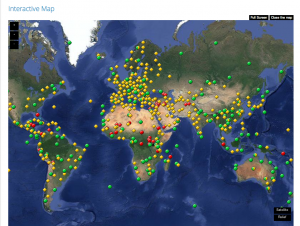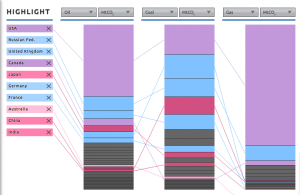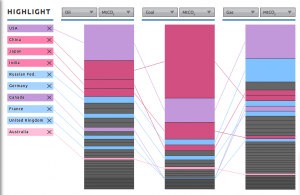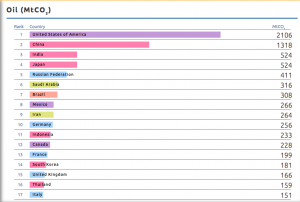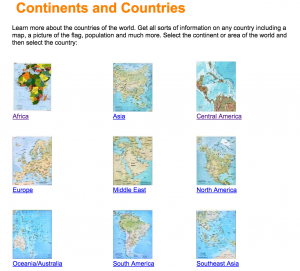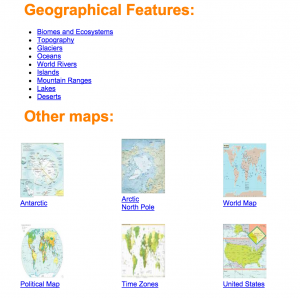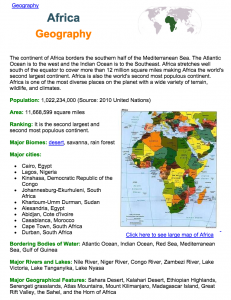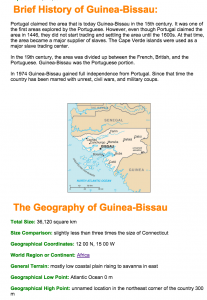National Weather Service of the National Oceanic and Atmospheric Administration
http://www.weather.gov/
Many of us check the weather on a daily basis, simply wondering how to dress for the day. Well the National Weather Service (NWS) website is more than your basic weather app with all of the fancy graphics and animations. Instead the website is a comprehensive compilation of historical, real time, and prediction models of weather, water and climate patterns. This website is a more serious and extensive source of weather information. The website is truly a valuable tool for a geographer.
The mission of NWS is to provide weather, water, and climate data, forecasts and warnings for the protection of life and property and enhancement of the national economy. The website takes on the notion that weather can be very powerful and costly and takes all measures to ensure the American population is prepared for weather events. One of the major roles the website has is to share information about weather warnings. The first thing you see on the homepage of the website is a map of the United States divided up by counties. Some of the counties are shaded in different colors which correspond to different warnings. Beneath the map the websites lists 29 different types of warnings, watches, and advisories which include wind, tornadoes, floods, winter weather, and even high surf. This map is a useful tool to observe the weather patterns occurring nationwide as well as viewing the potential weather threats on a local scale. 
In addition, the website has countless other features. The most useful feature for the casual user is the customized forecast which allows you to search for weather by zip code. Like many other websites, it provides you with a overview of current weather a forecast for your local area. Unlike some other weather sites though, this forecast comes straight from the local NWS weather forecasting office, of which their are 122 nationwide. The website has many of the typical weather features you see on any other website, but far more detailed and comprehensive.
The website also provides countless other useful graphics like the one above which shows air quality or ozone concentration. Additionally the website has real time graphs and maps about floods and fires that can be very useful. The casual web surfer can learn so much about weather, and someone who understands how weather patterns work will be mesmerized by the wealth of information on this website. You could waste lots of time looking at all the historical trends and forecasts for all kinds of natural events that occur in the United States.
Finally the website has some very useful links about safety tips for all kinds of weather related events. This website is a good resource for any skill level of geographers. NWS has a respected name and their website has a very professional feel that would encourage me to use it more often for weather information especially now that I know more about how the atmosphere and hydrosphere work.
-Aaron

